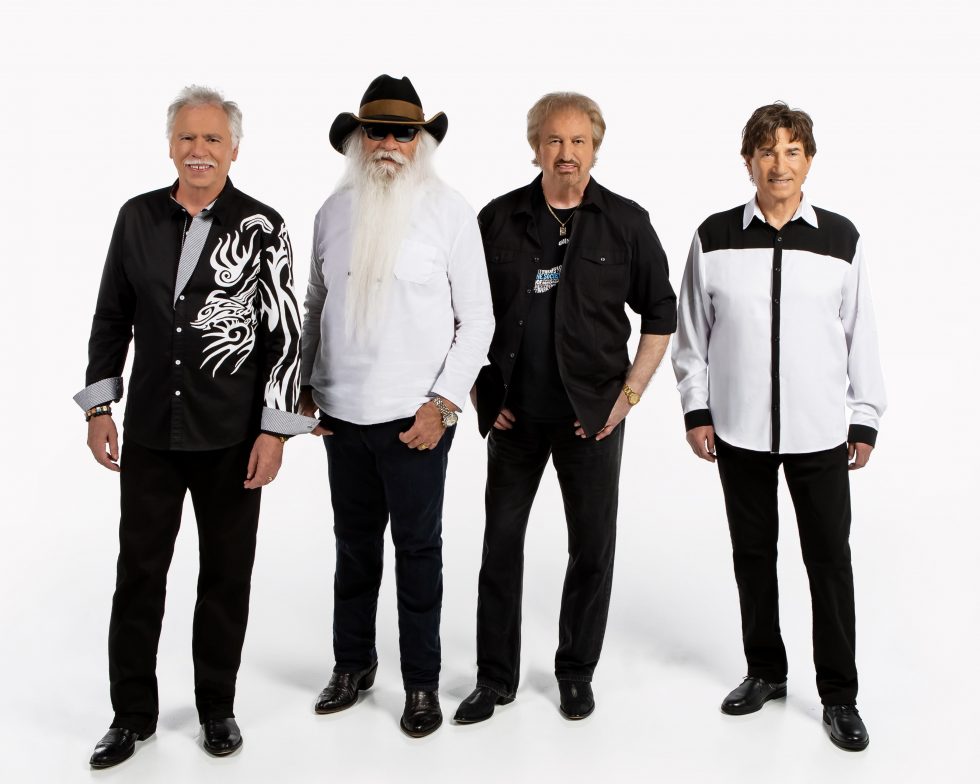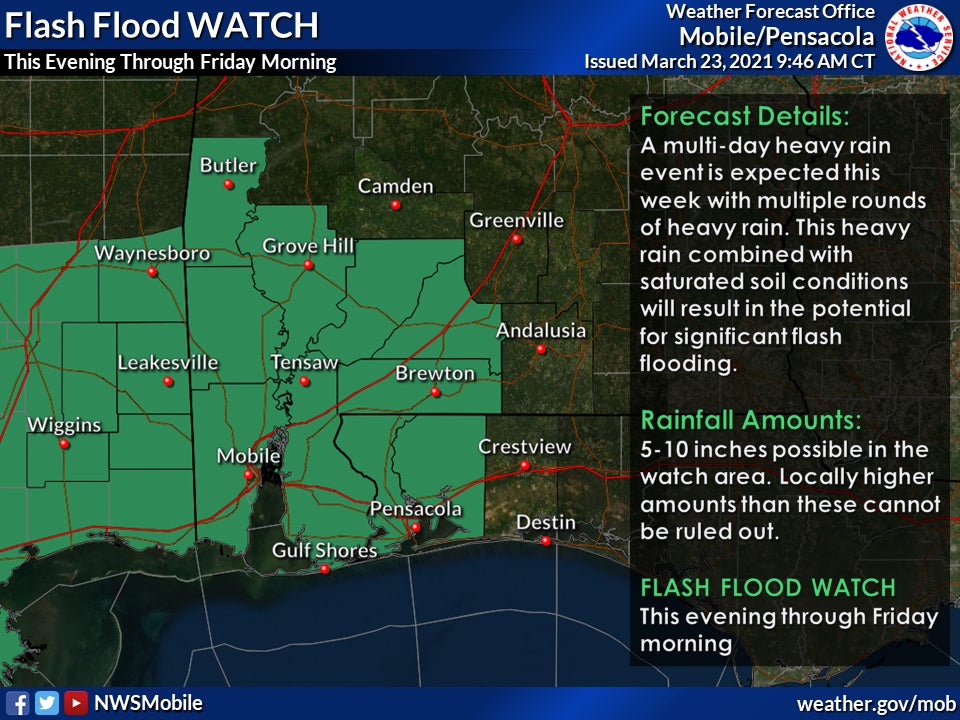Forgotten Trails
Published 3:15 pm Wednesday, October 31, 2007
By Staff
Newspaper history revisited
I left off in the middle of a story in my last column about the history of newspapers in Brewton. I will get back to that, but first let me tell you about and event that was on Oct. 28.
There was an open house at Coon Hill Cemetery just after church Sunday with a catfish dinner being served.
The day was in honor of the oldest church in northern Santa Rosa County, Fla. It originated around 1820, about the time of the first settlers. The Coon Hill Community was about one fourth mile away, near a big spring and fresh water. It had a general merchandise store, a stable, blacksmith shop, a Pony Express headquarters, a U.S. Post Office and a church that alternated between Methodist and Baptist.
The cemetery holds the remains of some of the most influential people of the time in this part of the country. There were two senators, two circuit riding preachers, 15 Civil War veterans, two tax assessors, three postmasters and many other prominent people. The names of those who are buried there such as Byrnes, Campbell, Davis, Diamond, Enfinger, Ezell, Hart, Howell, Lee, McGaha, Mayo, McCaskill, McDavid, McKinnon, McMillan, Miller, Pearson, Penton, Pyburn, Reynolds, Rutherford, Salter, Savell, Severson, Slade, Williams, and many others.
In more recent times, the cemetery has been the target of desecrations. Some of the beautiful stonework has been broken, but it is making a recovery with stones being replaced or repaired. There are now three new wrought iron gates in the concrete walls.
It is 12 miles south of Jay, Fla.; turn right on Mineral Springs Road or Wade Road. Bring a lawn chair.
Now back to the stories of the newspapers.
Finally, as 1887 drew to a close, it was purchased by Charles W. Robbins, who but a short time before had established the Standard Gauge, in partnership with C.D. Henderson and J.E. Findley, at Pollard. Of this latter publication, which was named after the standard gauge railroads then coming into general use, Mathis had previously written, in his Elizabethan mode, “(It) is




